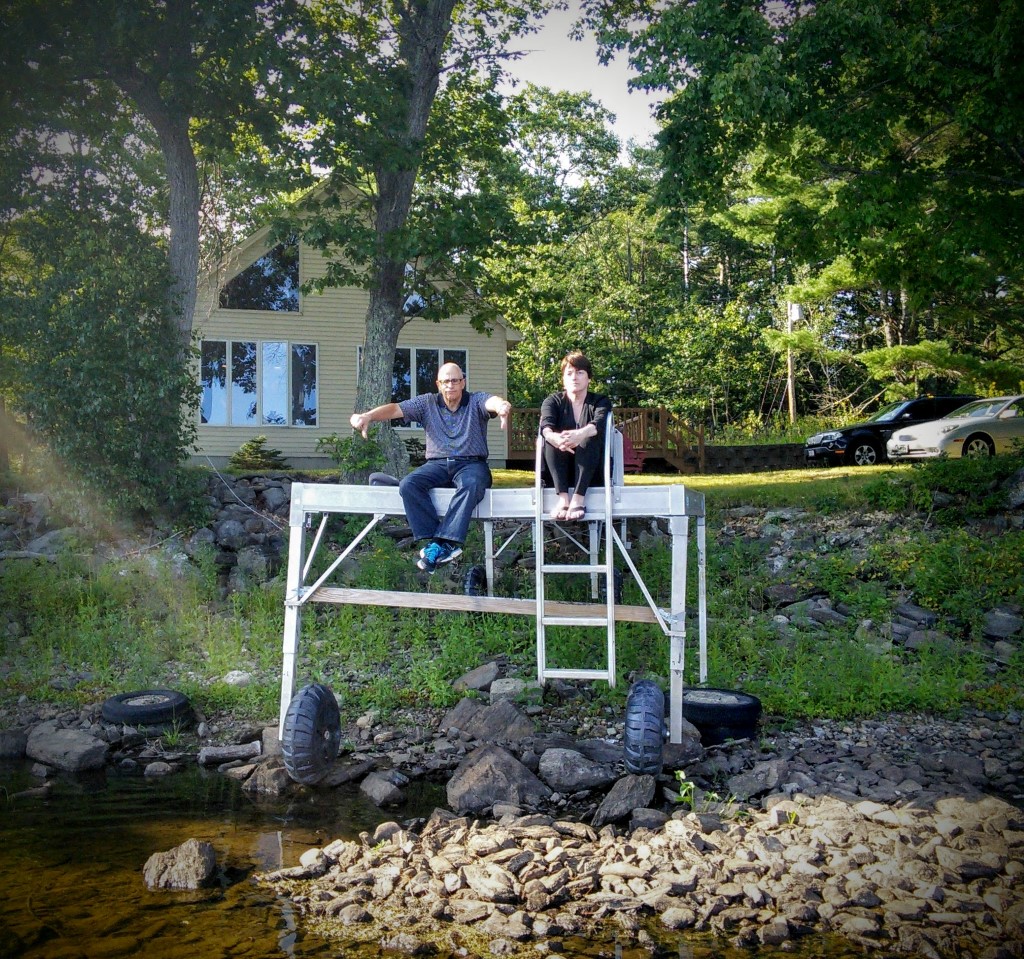 On February 22, 2019, Justice Billings finally ruled in the Rubin/Ayer v. Smith/Aquafortis Associates [AQF] lawsuit, finding in favor of Richard Smith. At the start of the litigation back in January 2016 (see Clary Lake Shore Owners Rubin & Ayer File Suit in Superior Court), both Paul Kelley and Pleasant Pond Mill LLC [PPM] were defendants in the suit along with Richard Smith and AQF but first PPM and then Kelley subsequently filed for bankruptcy, staying the civil suit against them. Rubin and Ayer decided to pursue a judgment against only Richard Smith and AQF. They almost won, which is to say, they lost. There were a lot of very interesting elements in the suit, I’ve followed it closely since it was filed, and I testified when it went to hearing on December 20th (see Update on Rubin v. Smith Lawsuit). I have not written about the case much on this website, at the request of Bob Rubin who told me he did not want the publicity. In any case, here’s the Judge’s Order:
On February 22, 2019, Justice Billings finally ruled in the Rubin/Ayer v. Smith/Aquafortis Associates [AQF] lawsuit, finding in favor of Richard Smith. At the start of the litigation back in January 2016 (see Clary Lake Shore Owners Rubin & Ayer File Suit in Superior Court), both Paul Kelley and Pleasant Pond Mill LLC [PPM] were defendants in the suit along with Richard Smith and AQF but first PPM and then Kelley subsequently filed for bankruptcy, staying the civil suit against them. Rubin and Ayer decided to pursue a judgment against only Richard Smith and AQF. They almost won, which is to say, they lost. There were a lot of very interesting elements in the suit, I’ve followed it closely since it was filed, and I testified when it went to hearing on December 20th (see Update on Rubin v. Smith Lawsuit). I have not written about the case much on this website, at the request of Bob Rubin who told me he did not want the publicity. In any case, here’s the Judge’s Order:
At the risk of over-simplifying the case, Rubin and Ayer basically had to prove three things, 1) that their use and enjoyment of their property was impacted due to low water conditions and that their property value had been damaged, 2) that Richard Smith was personally liable for the actions of AQF (a procedure referred to as “piercing the corporate veil”) and 3) that AQF and PPM were effectively alter egos of each other, in other words, one and the same and hence AQF/Smith should be held liable for the operation (or lack thereof) of the dam.
Rubin and Ayer prevailed with their damages claim:
“If PPM were still a defendant in this action, the court would have no difficulty entering judgment for $50,000 in compensatory damages and moving on to determine if any amount of punitive damages would be appropriate. However, PPM is no longer a defendant in this action. Instead the Plaintiffs seek judgment against Aquafortis Associates, LLC (“Aquafortis”) and Richard Smith. The Plaintiffs argue that the operations of PPM and Aquafortis have been so intertwined that Aquafortis is effectively an “alter–ego” for PPM and should be held liable for damages caused by PPM.”
They prevailed in their effort to pierce the corporate veil:
“In this case, the record is replete with evidence to support a finding that the corporate veil of Aquafortis can be pierced to hold Defendant Smith liable for the actions of Aquafortis. Defendant Smith has abused the privilege of the separate corporate identity. Aquafortis had no separate bank account from its founding in 2010 until June. While this matter was pending in 2017 and 2018, Defendant Smith routinely used Aquafortis’ accounts to pay for his personal expenses, including buying himself breakfast and lunch, paying for car repairs and parts for his personal vehicle, and paying his dentist and chiropractor. The court does not find credible Defendant Smith’s attempts to make business justifications for these expenses of an obviously personal nature. In addition, under the facts of this case, an unjust or inequitable result would occur if Defendant Smith received the protection of the corporate veil.”
Rubin and Ayer failed to convince the Judge that Smith should be held liable for the damages:
“Ultimately, the court is not convinced that it would be equitable to hold Defendant Smith liable for damages cause by a dam he did not own or control.”
The Judge closed with this comment:
“The most troubling evidence the court heard in this case is that the dam in question has been repaired, after a seven year delay and protracted litigation, at a cost of only $30,000. It is tragic that the time and effort that was spent on an unsuccessful fight against the DEP Water Level Order was not instead focused on finding resources to repair the dam.”
I can only agree with Justice Billings.
It remains to be seen if Rubin and Ayer will appeal the ruling.
Bob and Cheryl have owned a camp over on the west shore of Clary Lake since 2004. You may recall Bob represented the Clary Lake Association during the Water Level Petition proceeding back in 2012 and 2013. When the WLO was finally issued in 2014, Bob retired, no doubt looking forward to enjoying restored Clary Lake water levels. When that didn’t happen, Bob and Cheryl decided to sue Kelley and Smith and their respective companies. I have no doubt their suit contributed to Kelley deciding first to put his company PPM into bankruptcy, and then to file bankruptcy himself, a decision which made it possible for the Clary Lake Association to buy the Clary Lake dam. And the rest as they say, is history. Thank you, Bob and thank you Cheryl.

Cold comfort, I guess. Definitely good that the judge opined on the subject of the many years’ delay v. actual cost to allow the dam to comply.